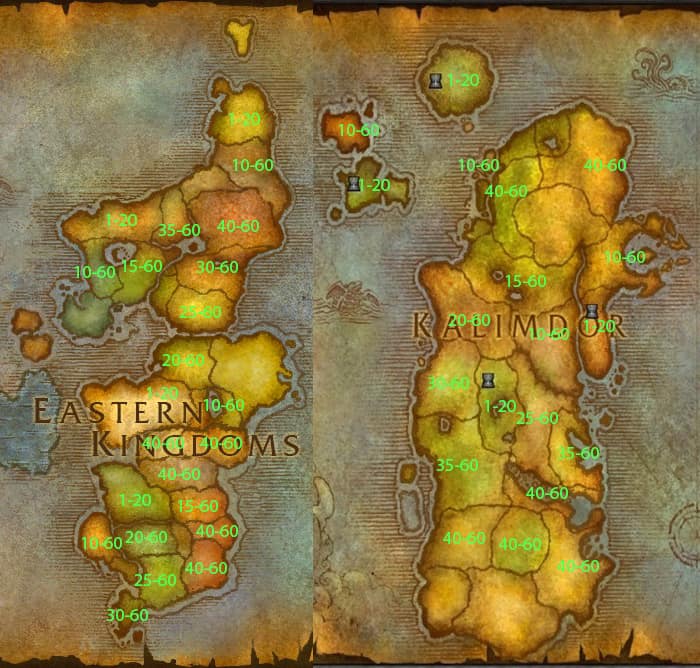

The oysters in these baskets - called lanterns - are between one and four centimetres in diameter. They also do not require any drugs, disinfectants, pesticides or any form of growth additives. Oyster farming has a smaller ecological footprint than fish farming does because oysters do not require feeding, which can cause eutrophication - an overgrowth of nutrients that chokes off marine animal life. I make the 120-kilometre round trip here from the University of Ferrara every week during sampling months - April to the end of July and November to December - to study the growing oysters.

In this photo from April, I’m standing in the Sacca di Goro, a shallow lagoon in Italy, south of Venice. I study the environmental effects of oyster, clam and mussel farming.


 0 kommentar(er)
0 kommentar(er)
